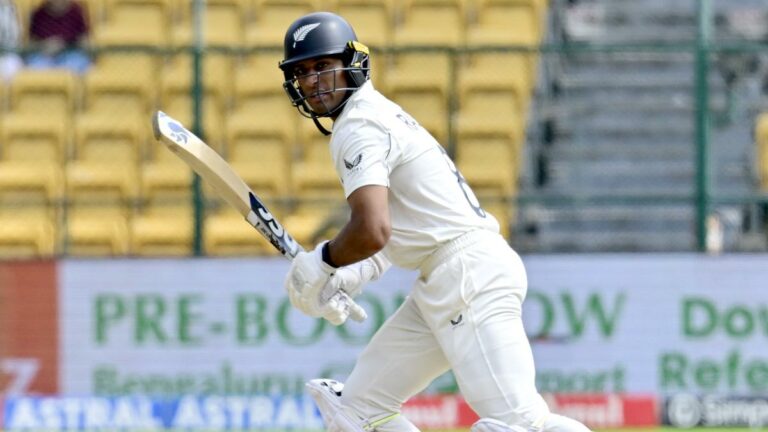Exploring the History of Test Match Cricket
11xPlay, Allpaanel: Test cricket, the longest form of the game, originated in the 19th century and is renowned for its rich history. The first-ever Test match was played between England and Australia in 1877 at the Melbourne Cricket Ground. The concept of Test matches was developed to determine which country had the best cricket team through a series of games that tested players’ skills and endurance.
Over the years, Test cricket has evolved into a prestigious format that showcases the true essence of the sport. Countries like England, Australia, India, and South Africa have a strong tradition of playing Test matches and have produced legendary players who have left an indelible mark on the game. The history of Test cricket is filled with memorable matches, iconic moments, and remarkable performances that have captured the hearts of cricket enthusiasts worldwide.
Origins of Test Matches
Test cricket, also known as Test matches, has its roots deeply embedded in the history of the sport. The first-ever Test match took place in 1877 between England and Australia at the Melbourne Cricket Ground. This monumental occasion marked the beginning of what would become the ultimate form of cricket, setting the stage for a long-standing tradition of international competition.
Following the success of that inaugural match, the concept of Test matches quickly gained popularity, with countries such as South Africa, West Indies, and India joining the fray over the years. The format of Test matches, with each game lasting up to five days, provided the perfect platform for teams to showcase their skills and prowess on the field. This laid the foundation for what would eventually become the pinnacle of cricketing excellence and the ultimate test for players and teams alike.
Evolution of Test Match Rules
The rules governing Test cricket have undergone several changes over the years. Initially, bowlers were required to deliver the ball underarm, which was later changed to overarm bowling in the 19th century. The introduction of fielding restrictions, such as the number of fielders allowed outside the inner circle, has also been a notable evolution in Test match rules.
In the early days of Test cricket, matches could go on for an unlimited number of days until a result was achieved. However, this was later modified to a maximum number of days, typically five, making Test matches more structured and ensuring a definite outcome within a specified timeframe. Additionally, the introduction of innovations like the Decision Review System (DRS) has further enhanced the accuracy of decision-making in Test matches.







